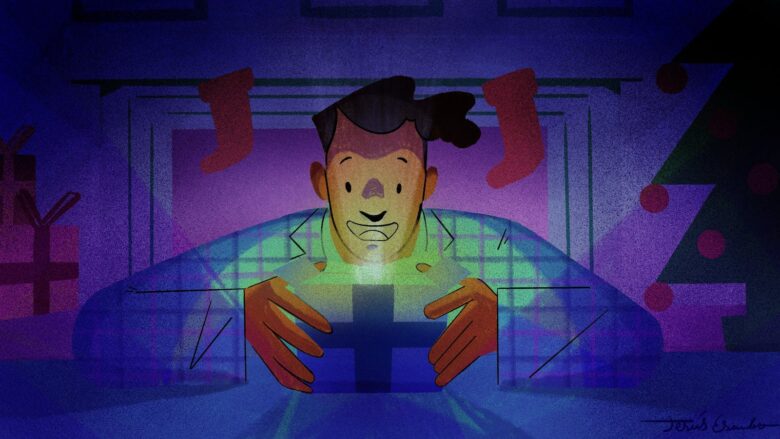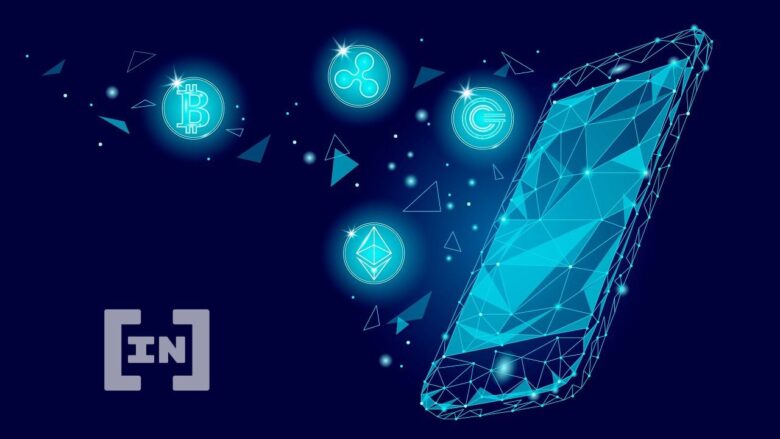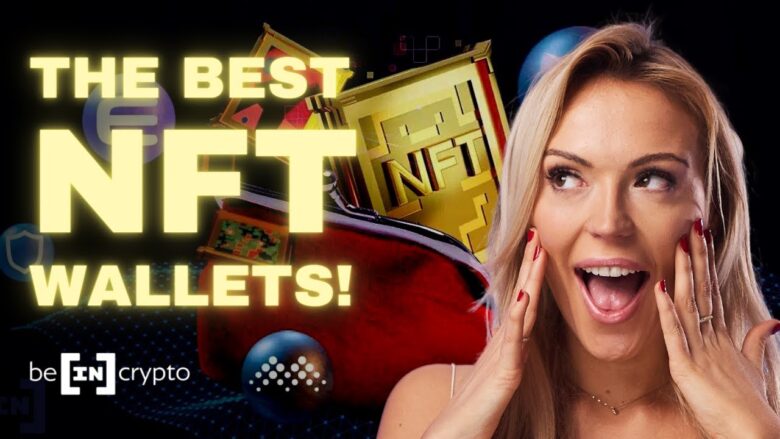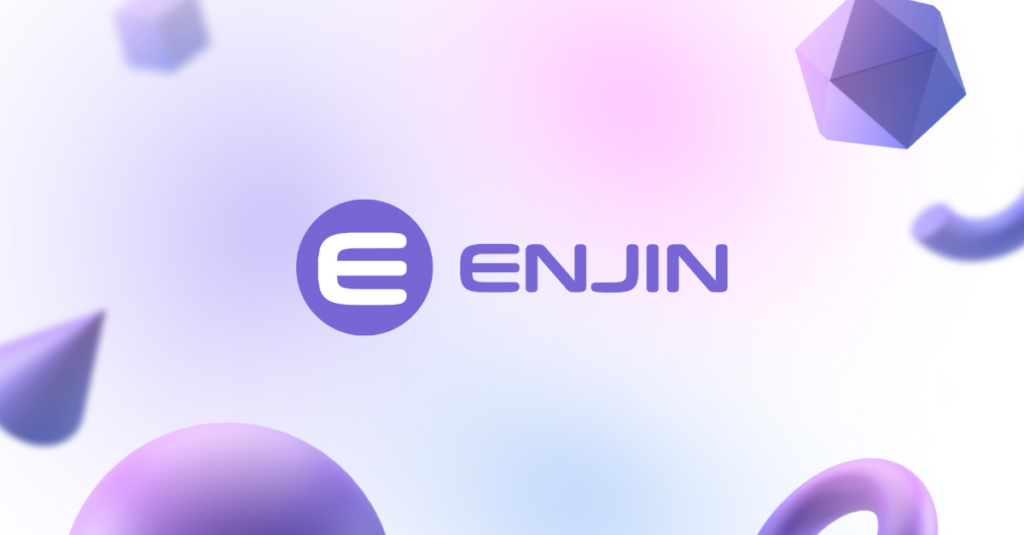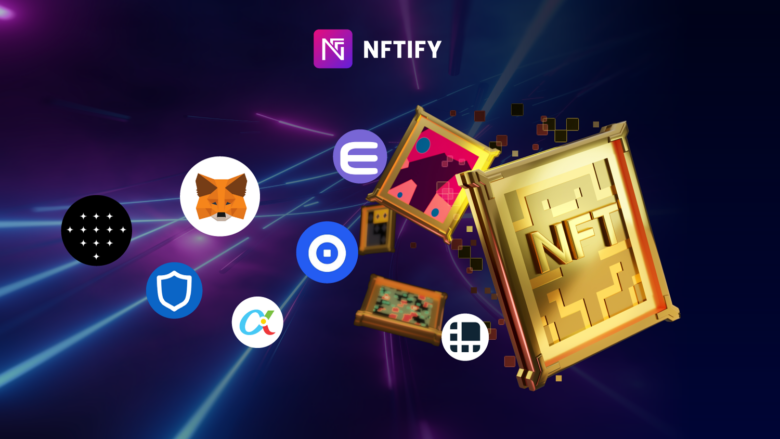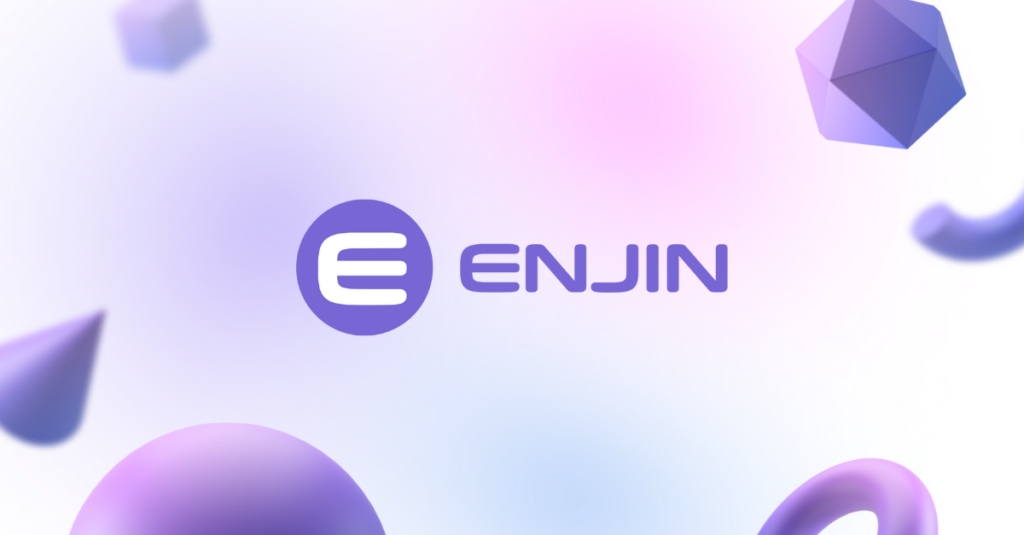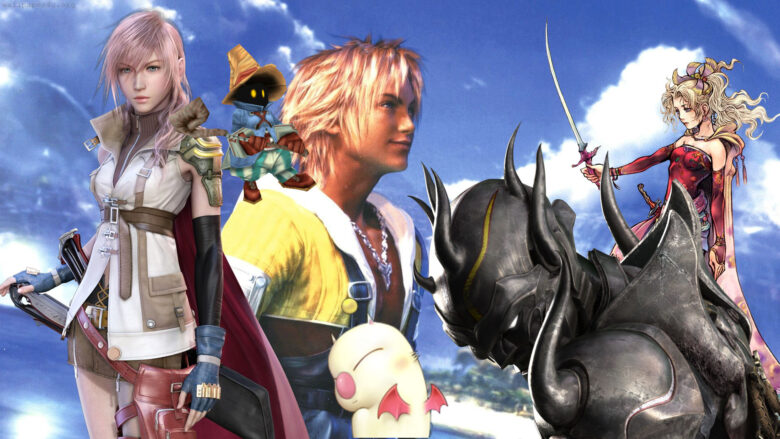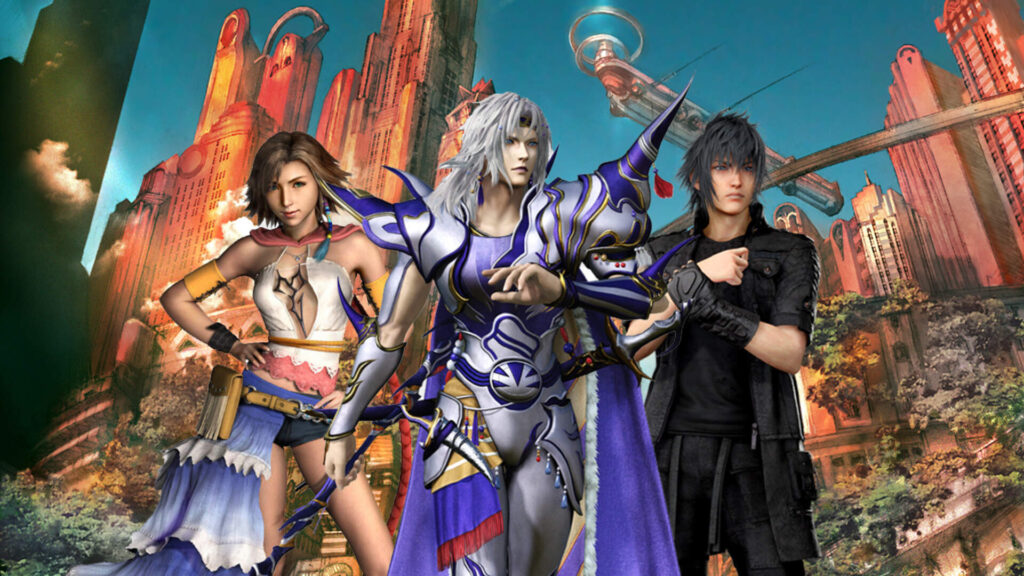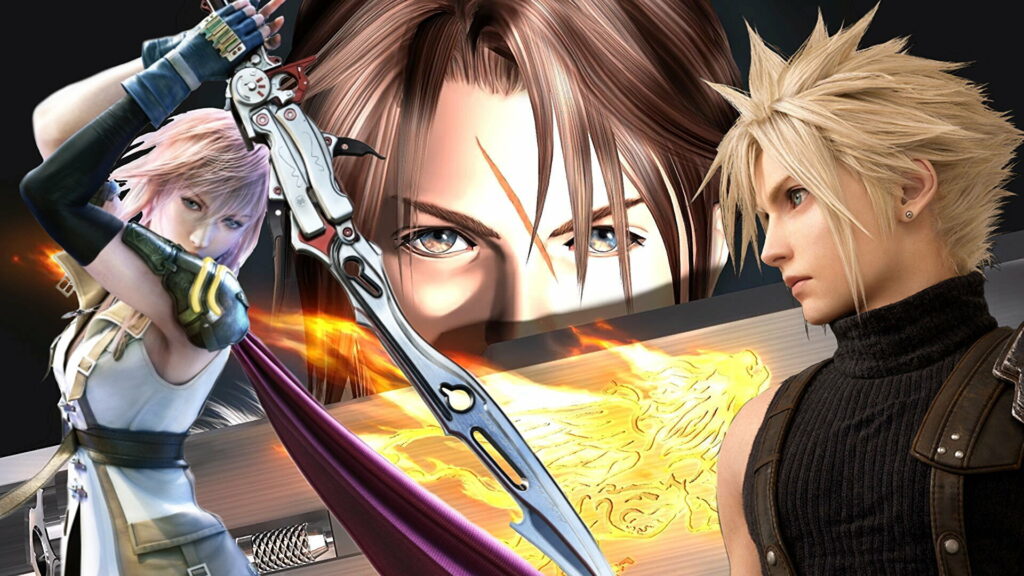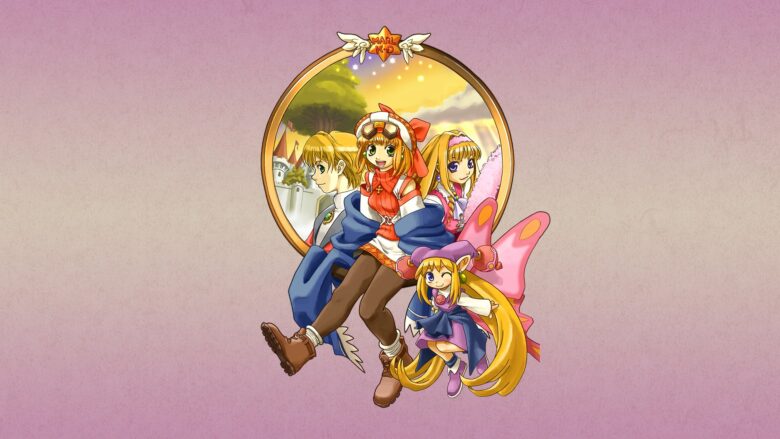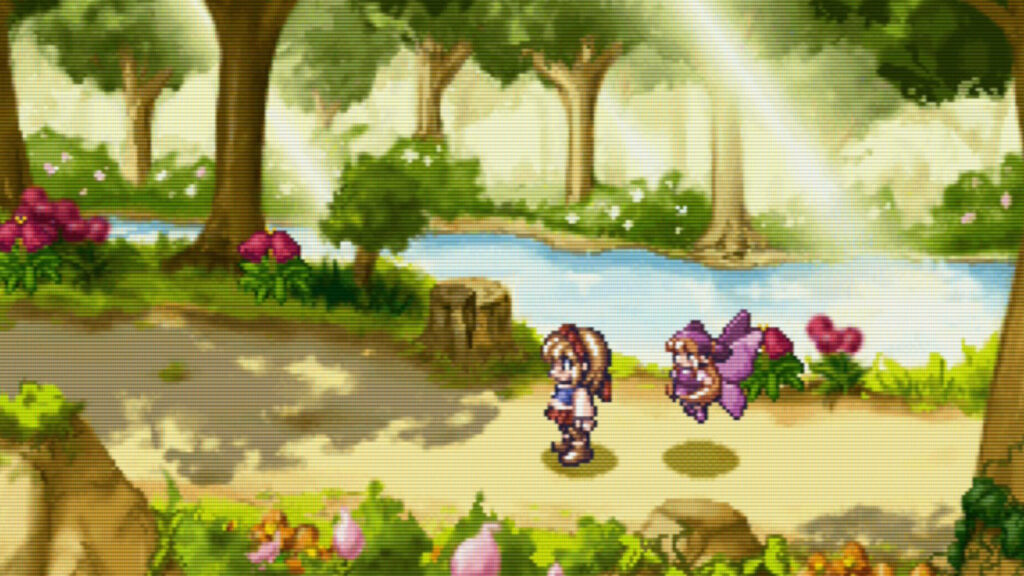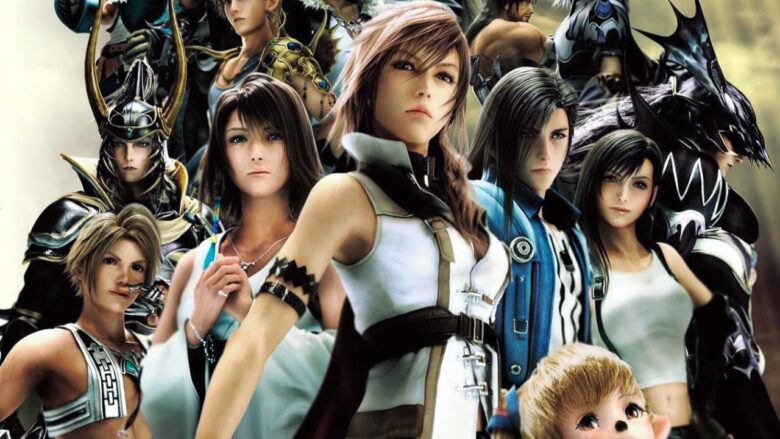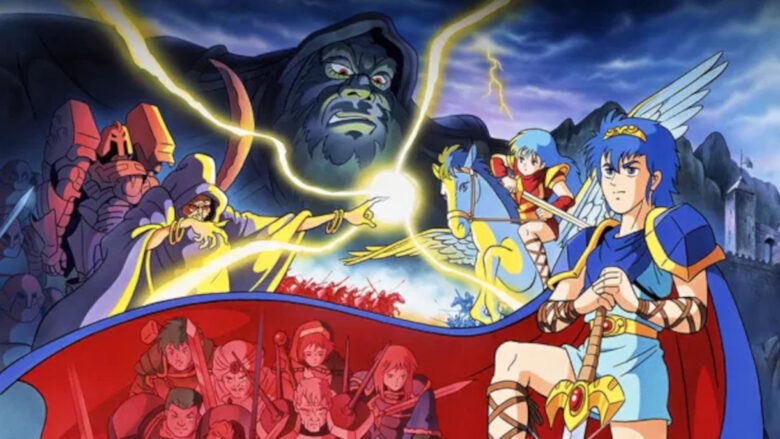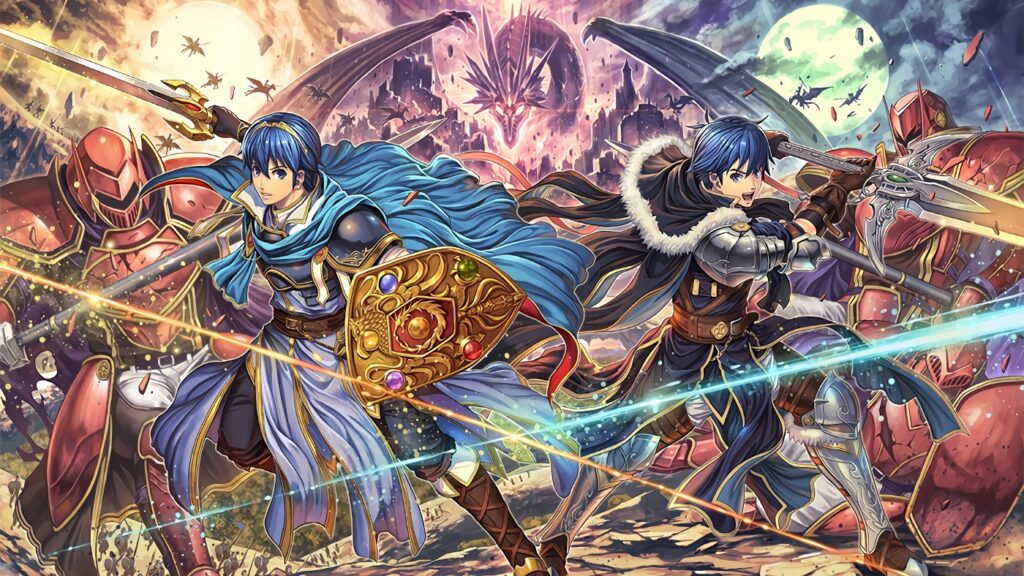Whenever you hear the term, “Web3,” what’s the first thing that comes to your mind?
Certainly the next generation of the World Wide Web, or the newly ushered in version of the internet. Web3 is the new phase of the internet age set to revolutionize past phases (Web 1 and 2) in a much improved and decentralized fashion.
This new internet generation depends much on decentralized applications, blockchain technology, machine learning, and artificial intelligence (AI) to help improve user experience and make the Web more secure.
More so, with this next tremendous stride of the internet phase, the cryptoverse is also entering a new improved realm as DApps, wallets, DeFi, and other crypto developments are being fashioned to be compatible with this new internet age. And the web3 wallet is at its core, aiding companies and individuals in the management of digital assets.

This article explores what a web3 wallet is, some types and its benefits.
WHAT IS A WEB3 WALLET?
You can consider a web3 wallet as the advanced form of a crypto wallet. A crypto wallet is typically used for storing, sending and receiving crypto tokens develop by using web3 sdk. On the other hand, web3 wallets do much more- they also give users access to the web3 space.
On this advanced form of crypto wallets, users can connect with crypto communities, build platforms on the blockchain and transact NFTs. They give users access to multiple DApps which normal digital wallets do not possess and typically, they come with in-built browsers.
With this type of wallet, transactions are non-custodial- meaning you don’t need any third party interferences such as banks, and you are in total control over your assets. Plus, it’s seamless to create a web3 wallet, scratch those long KYC/AML steps typical to traditional crypto wallets.
BENEFITS OF A WEB3 WALLET
Web3 wallets give users more flexibility and convenience in transacting and storing their assets. Some of the advantages include:
Convenience: As a user, you have total control over your assets and you can easily manage them as you have access to all their detailed info. It is user-friendly especially to those new to the crypto space and they are easy to set up.
Once you’ve created an account, you can start storing and transacting right away.
Security & Anonymity: This is one of the features that set Web3 wallets far from other digital wallets. It ensures your personal data stays protected. Thus, it’ll be almost impossible to know the recipient of the address you transact with.
Also, your digital assets is secure while transacting. Your ID and personal info are secure as most web3 wallets use an encrypted procedure to sign in or sign up. This makes for much less breach occurrences and criminal access to your wallet.
Here are some of the best web3 wallets in the cryptoverse.
METAMASK
MetaMask is a wallet built on the Ethereum blockchain and it’s non-custodial. You can easily store, buy, send, and swap cryptocurrencies. It is also featured on Chrome and many other browsers as an extension.

Want to have it as an app on your phone? You can check out Apple store (for iOS) or Google playstore (for Android).
Given its foundation on the Ethereum blockchain, users can save ERC-20 tokens. Also, you have access to many decentralized applications, ensuring a secure medium of using on-chain apps and integrating projects.
Despite being on the Ethereum blockchain, it offers access to other EVM-compatible networks such as Polygon, HECO, Binance Smart Chain, and the like. You are also free to create multiple accounts.

TRUST WALLET
This is another web3 wallet in which users can save and access millions of crypto tokens and NFTs on many blockchains such as Binance Chain and Ethereum. Trust Wallet makes it simple to fund your wallet through third party sites such as Simplex, Transak, Wyre, and some others.
It’s quite compatible with mobile devices and it is easy to navigate and use. Crypto newbies won’t have many problems with this wallet. You only need few minutes to create an account.
Plus, you can import your MetaMask or MyEtherWallet details if you have a wallet in any of these web3 wallets.
Trust Wallet also features an in-built browser for decentralized applications and users are free to earn more token rewards on their stored assets by locking it up. Some tokens you can stake include Tezos, Cosmos, and BNB.
For security, a 12-word recovery phrase known only to the opener of the wallet is the key to accessing assets stored on it. Plus, it is available on both Android and iOS and users can decide to use PIN or biometrics to access their wallet.
However, the major downside of this wallet is it doesn’t support 2FA. Thus, if someone gains access to your wallet, you won’t be alerted as there’s no way of setting up an email confirmation or some warning text message.
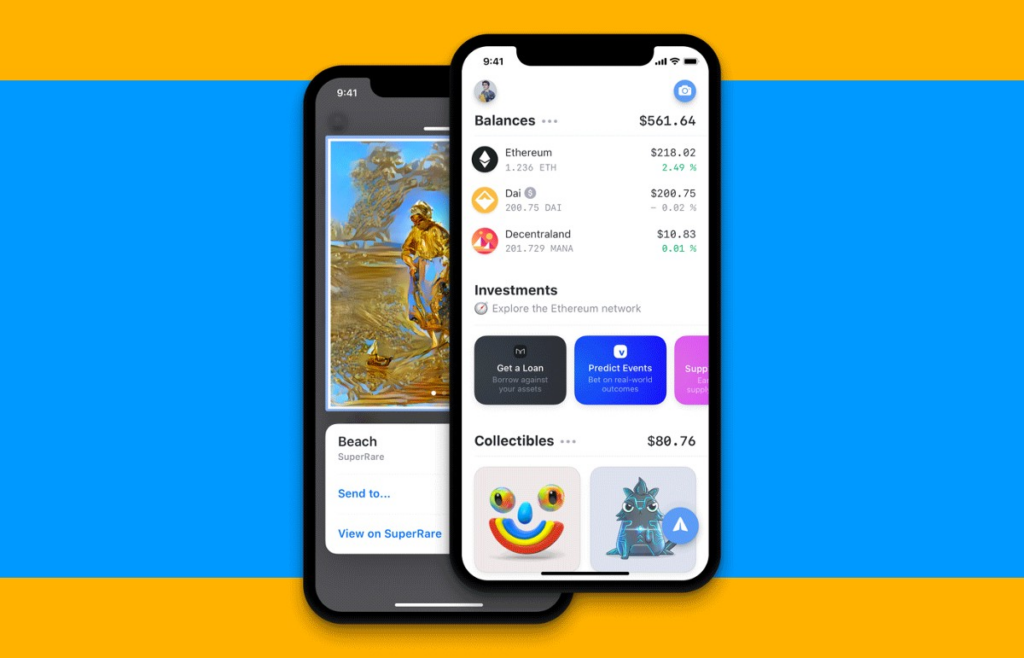
RAINBOW
Rainbow is also another easy-to-use wallet. It’s non-custodial, and secure. Plus, users can create an Ethereum wallet and also receive and store NFTs. Rainbow also has an in-built browser. Thus, users can conveniently access the web3 space.
It’s also available on iOS and Android devices. Rainbow also has a swap feature- meaning its users can easily swap multiple ERC-20 tokens for other similar tokens and the best part’s you don’t need to make this swap with an external exchanger.
In terms of security, it ensures its users are shielded from scam projects as it already has a list of verified tokens that are swappable. Plus, users can store their encrypted private key on the cloud to make for easy account recovery.
So, if you find it difficult to keep your seed phrase safe physically, you can back it up. What better way to store your digital assets?
IN CONCLUSION
Web3 is the next giant stride in the internet age and having a web3 wallet is essential as it helps secure, buy, swap, and store your digital assets. It’ll also give you access to various decentralized applications. This is definitely of more value to you than banks and their centralized financial systems.
More to read: Why The DeFi Web3 Wallet Is Better Than Traditional Banking

